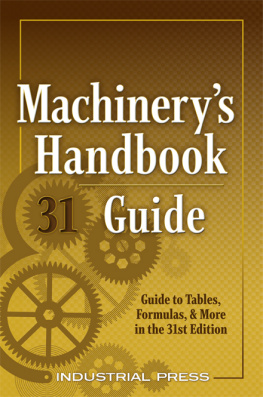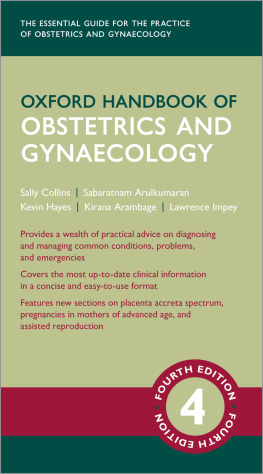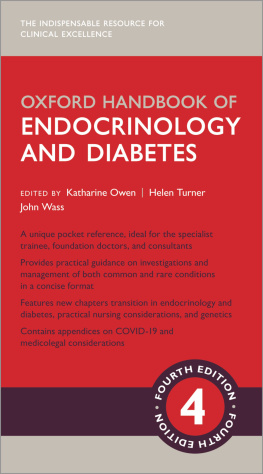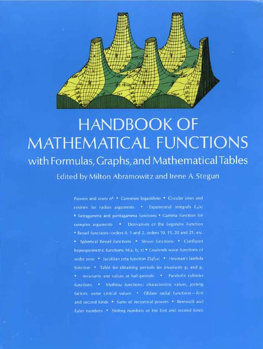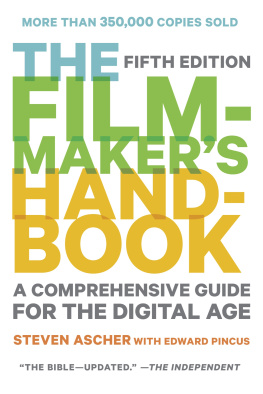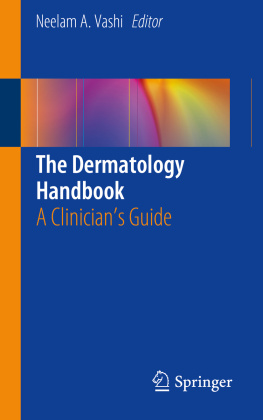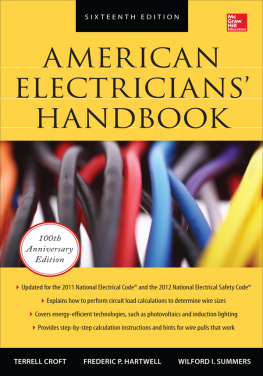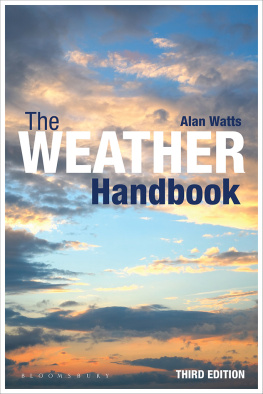
Machinerys Handbook, Guide to the 31st Edition
The Guide to the Use of Tables and Formulas in Machinerys Handbook, 31st Edition, is designed to optimize your use of the Machinerys Handbook.
With hundreds of brief discussions, examples, practice questions, and solutions, the Guide addresses common problems encountered in manufacturing and metalworking. By following the practical techniques explained and cross-referenced to the Handbook, you will become more familiar with the vast range of vital content in the new 31st edition, enhancing your ability to reach the information and solutions you need to more quickly and easily.

The Guide features:
All new illustrations
Cross references to the Handbook and Digital Editiononly material
Added material from the 31st edition and revisions throughout.
We recommend using this companion text alongside the latest and greatest edition of the most popular engineering resource of all time.
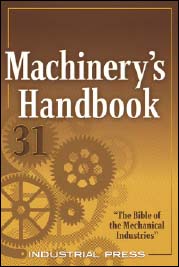
This edition of Machinerys Handbook Guide should be used in conjunction with Machinerys Handbook, 31st Edition, which is available in two print sizes, as well as digitally.
This guide is designed to aid in the most efficient use of the Machinerys Handbook and to reinforce the extensive information it provides. Hundreds of examples and test questions with answer keys on the use of tables, formulas, and general data in the Handbook are provided for use in general, engineering, and trade schools; home study courses; apprenticeships; and other professional enrichment.
Best of all, the Machinerys Handbook Guide includes page references throughout to the corresponding material in the latest and greatest edition of the Machinerys Handbook.
Guide to the Use of Tables and
Formulas in
Machinerys Handbook
31st Edition
B Y J OHN M. A MISS , F RANKLIN D. J ONES ,
H ENRY H. R YFFEL, AND C HRISTOPHER J. M C C AULEY
L AURA B RENGELMAN , E DITOR
I NDUSTRIAL P RESS , I NC .
INDUSTRIAL PRESS, INC.
32 Haviland Street, Suite 3
South Norwalk, Connecticut 06854 U.S.A.
Phone: 203-956-5593
Toll-Free: 888-528-7852
Fax: 203-354-9391
Email: info@industrialpress.com
Title: Guide to the Use of Tables and Formulas in Machinerys Handbook, 31st Edition
Authors: John H. Amiss, Franklin D. Jones, Henry H. Ryffel, and Christopher J. McCauley
Library of Congress Control Number: 2020930842
COPYRIGHT
1931, 1939, 1951, 1954, 1959, 1964, 1968, 1971, 1975, 1980, 1984, 1988, 1992, 1996, 2000, 2004, 2008, 2012, 2016, 2020 by Industrial Press, Inc.
ISBN PRINT: 978-0-8311-4331-2
ISBN ePDF: 978-0-8311-9564-9
ISBN ePub: 978-0-8311-9565-6
ISBN: eMobi: 978-0-8311-9566-3
No part of this book may be reproduced or transmitted in any form or by any means, electronic or mechanical, including photocopying, recording, or by any information storage and retrieval system, without written permission from the publisher.
Limits of Liability and Disclaimer of Warranty
While every possible effort has been made to ensure the accuracy of all information presented herein, the publisher expresses no guarantee of the same, does not offer any warrant or guarantee that omissions or errors have not occurred, and may not be held liable for any damages resulting from use of this text. Readers accept full responsibility for their own safety and that of the equipment used in conjunction with this text.
GUIDE TO MACHINERYS HANDBOOK
31ST EDITION
books.industrialpress.com
ebooks.industrialpress.com
An engineering handbook is essential equipment for practically all engineers, machine designers, drafters, tool engineers, and skilled mechanics in machine shops and toolrooms. Such a book, with its tables and general data, saves time and labor. To obtain the full value of any handbook, however, the user must know how to apply the tables, formulas, and other data, when required.
One purpose of this Guide, which is based on Machinerys Handbook, is to show by examples, solutions, test questions, and typical applications of Handbook information and to familiarize engineering students and other users with the Handbooks con tents. To this end, cross references to page numbers of the Handbook and the Machinerys Handbook 31 Digital Edition are interspersed throughout this Guide. Another objective is to provide test questions and drill work that will enable the Handbook user, through practice, to obtain the required information quickly and easily.
The Guide also is available as a standalone eBook and as part of the Machinerys Handbook 31 Digital Edition. In the Digital Edition package, the Guide includes live clickable links to pages, tables, diagrams, and figures in the Machinerys Handbook and the Digital Editiononly material.
Machinerys Handbook, as with all other handbooks, presents information in condensed form so that a large variety of subjects can be covered in a single volume. Because of this condensed treatment, any engineering handbook must be primarily a work of reference rather than a textbook, and the practical application of some parts will not always be apparent, especially to those who have had little experience in engineering work. The questions and examples in this book are intended not only to supplement some of the Handbook material, but also to stimulate interest both in those parts that are used frequently and in the more special sections that may be valuable even though seldom required.
Laura Brengelman
Editor
Handbook pages and
Circumferences of circles are used in calculating speeds of rotating machine parts, including drills, reamers, milling cutters, grinding wheels, gears, and pulleys. These speeds are variously referred to as surface speed, circumferential speed, and peripheral speed; meaning, for each, the distance that a point on the surface or circumference would travel in one minute. This distance usually is expressed as feet per minute. Circumferences are also required in calculating the circular pitch of gears, laying out involute curves, finding the lengths of arcs, and solving many geometrical problems. Letters from the Greek alphabet frequently are used to designate angles, and the Greek letter (pi) is always used to indicate the ratio between the circumference and the diameter of a circle:

For most practical purposes the value of = 3.1416 may be used.
Example 1: Find the circumference and area of a circle whose diameter is 8 inches.
On Handbook page , the circumference C of a circle is given as 3.1416d. Therefore, 3.1416 8 = 25.1328 inches.
On the same page, the area is given as 0.7854d2. Therefore, A (area) = 0.7854 82 = 0.7854 64 = 50.2656 square inches.
Example 2: From page of the Handbook, the area of a cylindrical surface equals S = 3.1416dh. For a diameter of 8 inches and a height of 10 inches, the area is 3.1416 8 10 = 251.328 square inches.
Next page
